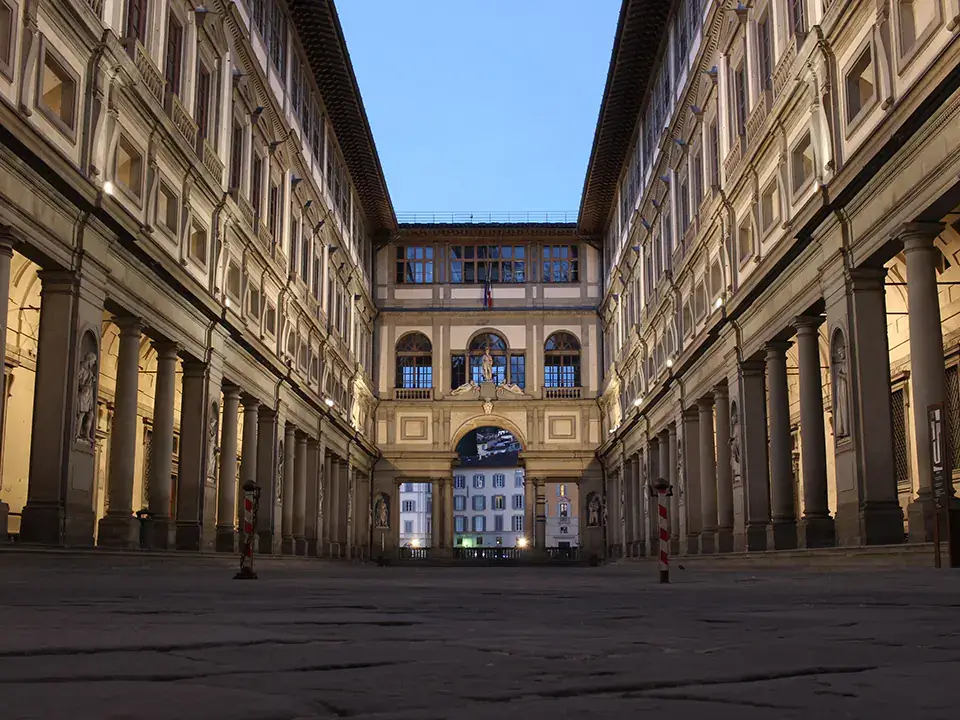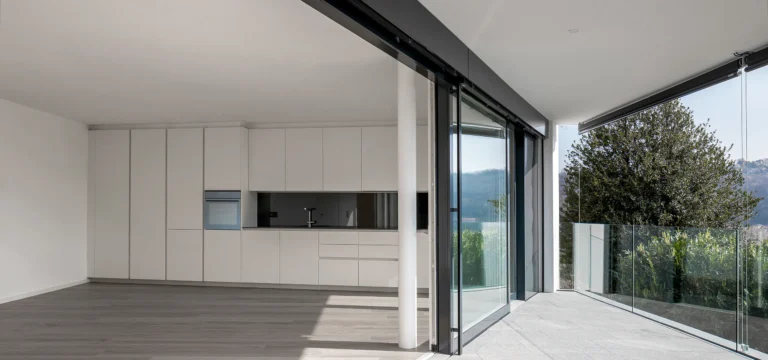Table of contents:
Renaissance
During the Renaissance, the philosophy, art and architecture of antiquity revived. Renaissance architects were fascinated by geometry and mathematics. All elements of the buildings were proportionally matched and their facades looked austere and rhythmic, with windows positioned to reflect the interior of the building. Often the windows were selected so that they fit into the wooden structure of the house.
Renaissance windows often featured ornate lead glass mounted in wooden frames. It was mostly corona glass or cylindrical glass. Moreover, it was popular to decorate the wings, skylights and posts with rich carvings.

Baroque
With the overwhelming use of contrasts, colors and decorations, baroque architecture was meant to delight and seduce observers. Daylight, on the other hand, served to add drama to the whole.
Baroque windows were characterized by a strict and symmetrical division of four identical sashes and a skylight placed above the central pillar. The exciting game of shadows in the windows was generated by profiled muntins, columns and transoms. Baroque windows were emphasized by pediments and plastered facades.
In the Baroque period, windows with wooden muntins and panes sealed with linseed oil putty were introduced, withdrawing from the use of lead glass.

Rococo
Rococo architecture was characterized by numerous similarities to its predecessor, the Baroque style. Columns and the same type of ornamentation were equally eagerly used. However, the Rococo style was lighter and graceful. Many architects were inspired by nature and often decorated windows resembling shells or corals with the rocaille motif, otherwise known as a shell ornament.
The rococo windows were, unlike the baroque windows, asymmetrical. The rooflight was raised, and the upper wings were smaller than the lower ones.

Neoclassicism
After a period of sumptuous Baroque and Rococo architecture, the architects tried to return to a simpler style. They were inspired by the ideals of symmetry, regularity and harmony that were present in antiquity, and the load-bearing facades from that period dictated the location and size of the windows.
Neoclassical windows were designed with an increased fanlight, thanks to which the division of the upper and lower sash complied with the rules of the golden ratio. The panes were of equal size and equipped with profiled muntins, which softened and brightened the light entering the interior.

Historicism
After the “pure” neoclassical style came the period of historicism, lasting from around 1840 to 1900. Architects traveled all over the world and drew inspiration from the styles of other countries and eras. Historicist architecture thus contains a mixture of elements from many different historical periods.
A window from the historicist period may resemble a window from many different eras – a gothic, renaissance, baroque window, or it may be an amalgam of many styles. During this period, industrialization and the development of new building materials such as cast iron and concrete changed the direction of window production and pushed the development of window technology, leading to the development of new types of windows. Examples include cast iron windows or Chicago windows.



